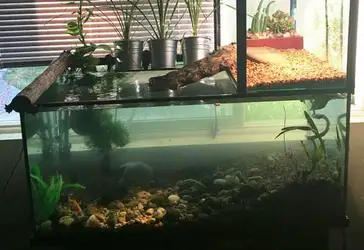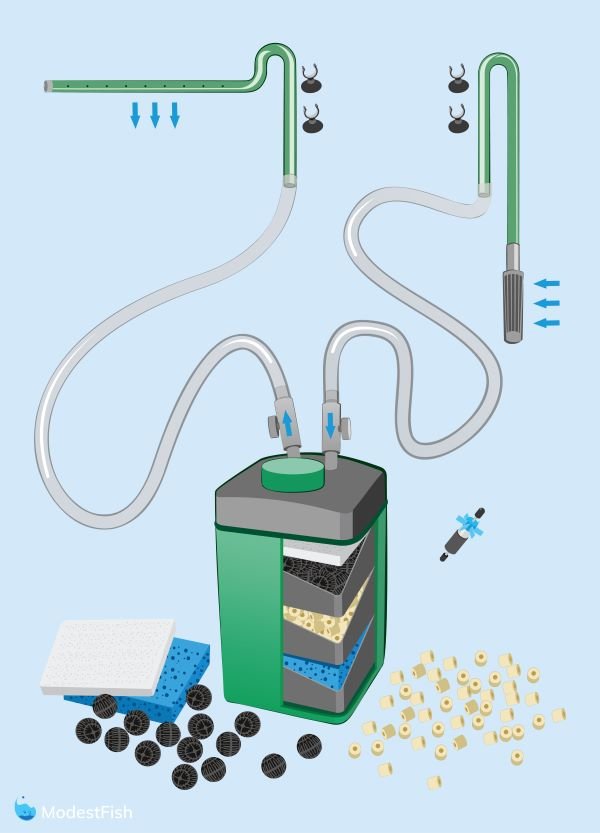So you’ve decided to bring some aquatic friends into your indoor turtle enclosure, but now you’re faced with the daunting task of choosing the right filter system. Don’t fret – we’ve got you covered. This article will provide you with some helpful tips on selecting the perfect filter system for your indoor turtle habitat, ensuring clean and healthy water for your shelled companions. From considering the size of your enclosure to understanding the filtration needs of turtles, we’ll guide you through the decision-making process, making it a breeze to choose the right filter system.
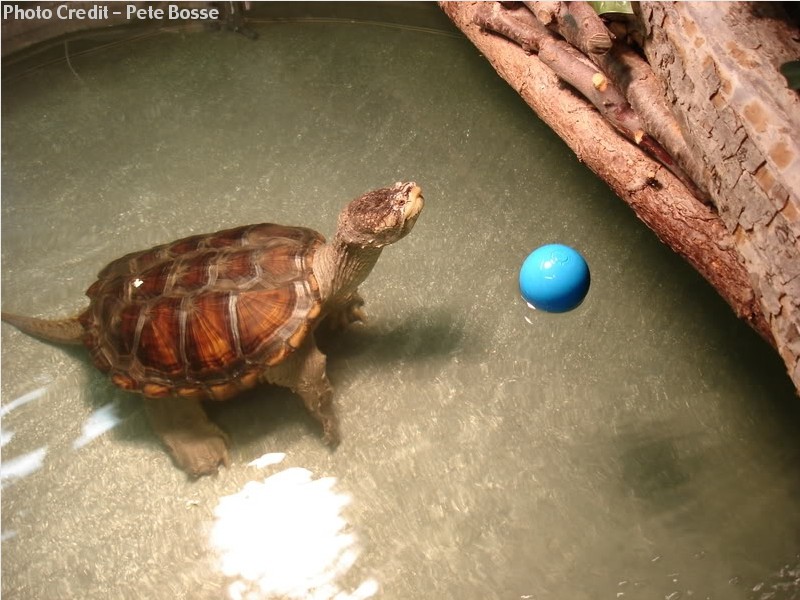
Consider the Size of the Turtle Enclosure
When choosing a filter system for your indoor turtle enclosure, one of the first things you need to consider is the size of the tank. The capacity of the tank directly affects the flow rate requirements of the filtration system. A larger tank will require a filter system with a higher flow rate to ensure efficient water circulation and filtration. On the other hand, a smaller tank may be adequately served by a filter system with a lower flow rate.
Determine the Type of Filtration System
There are three main types of filtration systems to choose from: mechanical filtration, biological filtration, and chemical filtration. Mechanical filtration helps remove large debris such as uneaten food and turtle waste from the water. Biological filtration involves beneficial bacteria that break down harmful substances in the water, converting them into less harmful compounds. Chemical filtration uses activated carbon or other chemical media to remove impurities and odors from the water.
Evaluate the Ease of Installation
Consider the ease of installation when selecting a filter system for your indoor turtle enclosure. Some systems offer plug-and-play installation, which means they are ready to use right out of the box and don’t require much effort to set up. Additionally, compatibility with existing equipment, such as heaters or UV sterilizers, is another factor to consider. It’s important to ensure that the filter system you choose can work seamlessly with your current setup.
Assess the Filter Maintenance
Filter maintenance is crucial to ensure the longevity and effectiveness of your filtration system. Consider the frequency of cleaning required for the filter system you are considering. Some systems may require more frequent cleaning than others, depending on their design and filtration stages. Additionally, assess the ease of access for cleaning. Is the filter easily accessible, or do you need to disassemble parts to clean it? Lastly, check the availability of replacement parts for the filter system in case any components need to be replaced.
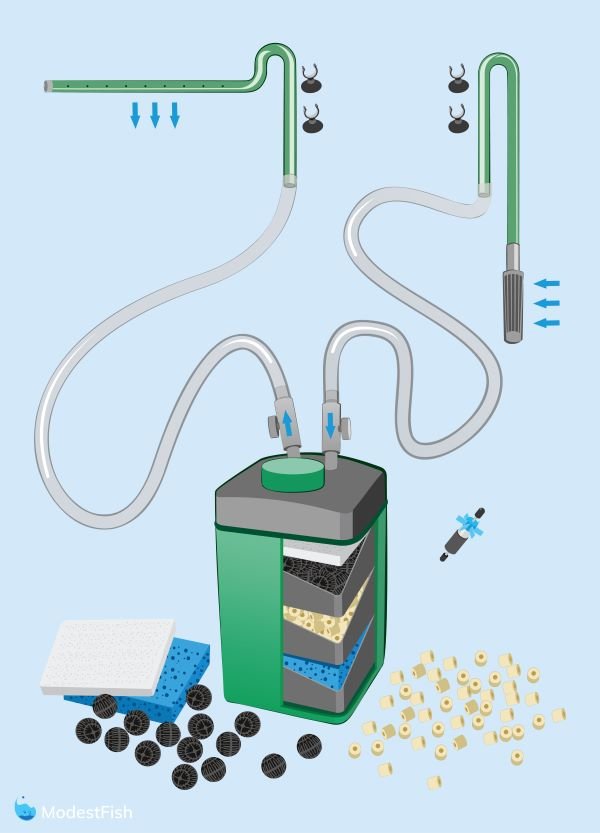
Research Noise Levels
A noisy filter system can be quite disruptive and distracting, especially if your indoor turtle enclosure is located in a living area or your bedroom. Look for filter systems that offer silent operation. These systems are specially designed to minimize noise and vibrations, ensuring a peaceful environment for both you and your turtles. Some systems even come with noise-reducing features, such as rubberized mounting feet or soundproof casing, to further enhance the quiet operation.
Consider Energy Efficiency
Energy efficiency is an important aspect to consider when selecting a filter system, as it can impact your electricity consumption and bills. Look for filter systems that have low power consumption. These systems are designed to provide efficient filtration while using minimal energy. Additionally, consider systems that offer energy-saving features such as programmable timers or adjustable flow rates. These features allow you to control the filtration process and optimize energy usage based on your turtles’ needs.
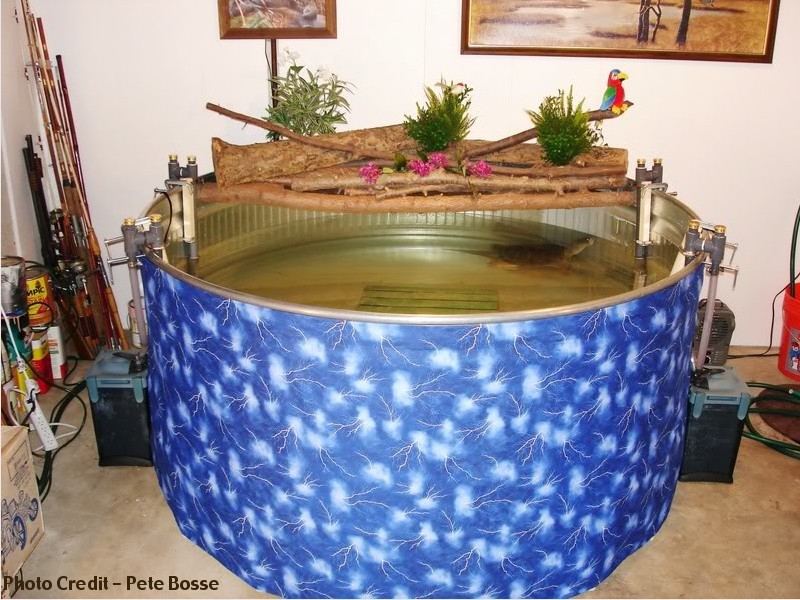
Evaluate the Filtration Stages
An effective filtration system should have multiple stages of filtration to ensure thorough water purification. Pre-filtration is the first stage, which removes large debris and solid waste from the water. This stage often involves mechanical filtration media like sponges or filter pads. Bio-filtration is the next stage, where beneficial bacteria colonize the filter media and help break down harmful substances. Chemical filtration, the final stage, utilizes activated carbon or other chemical media to remove impurities and odors.
Assess Water Circulation
Proper water circulation is vital in maintaining a healthy and clean environment for your turtles. Look for filter systems that provide uniform water flow throughout the tank. Uneven water circulation can lead to stagnant areas where waste accumulates, affecting water quality. Additionally, consider filter systems that offer adjustable flow rates. This feature allows you to control the strength of water flow based on your turtles’ needs and the size of the tank.
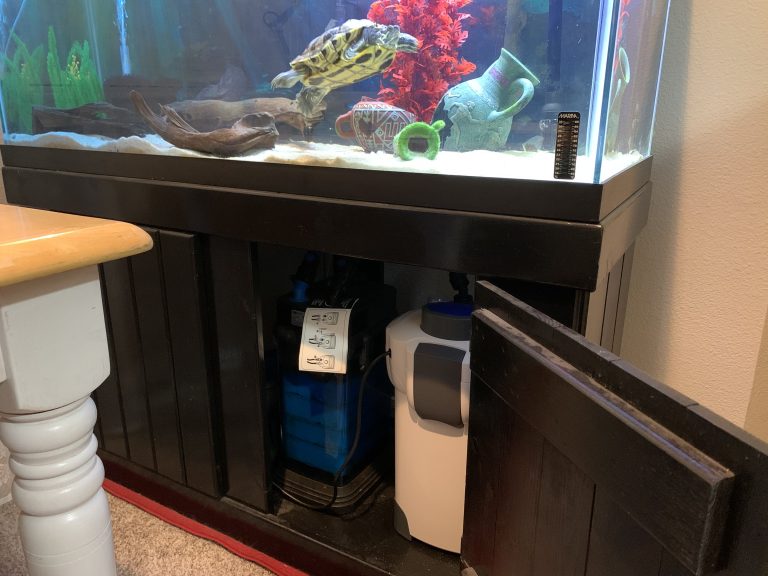
Research Filtration Media Compatibility
Different types of filter media are used in filter systems, each with its own capabilities and effectiveness. Research various types of filter media and their compatibility with your turtle enclosure’s filtration needs. Some common filter media include sponges, ceramic rings, and activated carbon. Assess their effectiveness in removing turtle waste and other impurities from the water. It’s important to choose a filter system that can effectively handle the waste produced by your turtles and maintain water quality.
Consider the Cost and Budget
Lastly, consider the cost and budget when choosing a filter system for your indoor turtle enclosure. The initial investment includes the purchase of the filter system itself, along with any additional accessories or equipment required. Maintenance costs, such as replacement parts or filter media, should also be taken into account. It’s important to strike a balance between affordability and functionality. Additionally, consider the long-term durability of the filter system. Investing in a high-quality, durable system may save you money in the long run by reducing the need for frequent replacements or repairs.
By considering the size of the turtle enclosure, the type of filtration system, the ease of installation, filter maintenance, noise levels, energy efficiency, filtration stages, water circulation, filtration media compatibility, and cost, you can choose the right filter system for your indoor turtle enclosure. Ensuring clean and healthy water for your turtles is essential for their well-being, and a reliable filter system plays a vital role in achieving this. Take your time to research and compare different options to find the perfect fit for your turtle’s needs and your budget.
